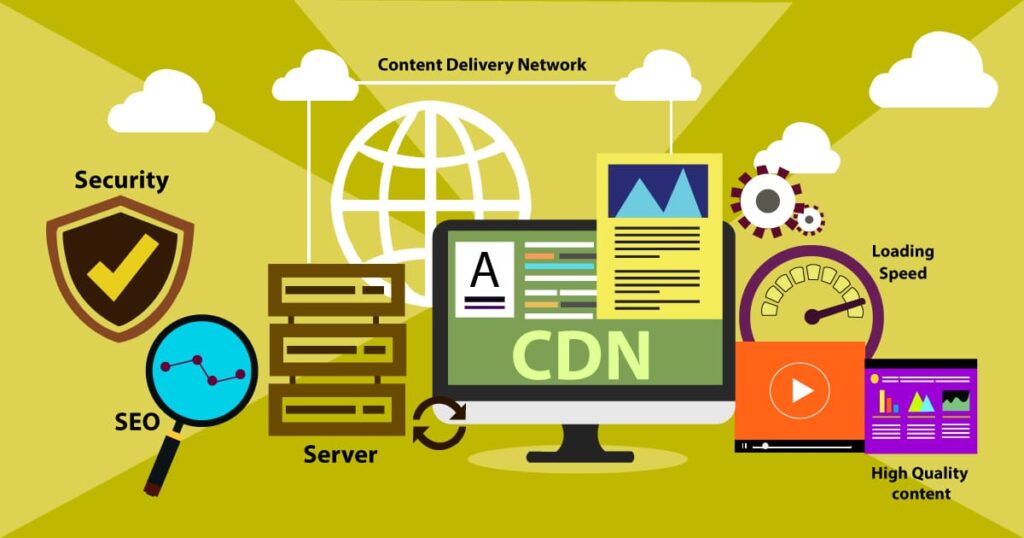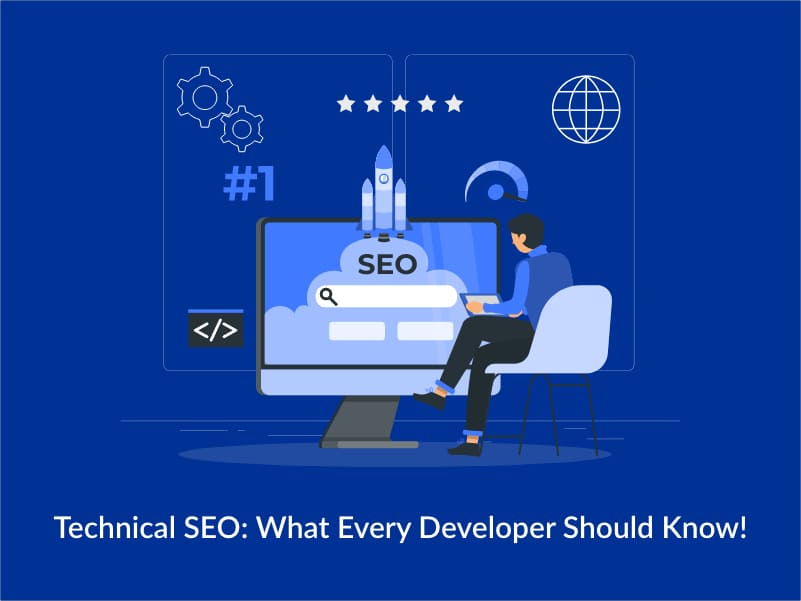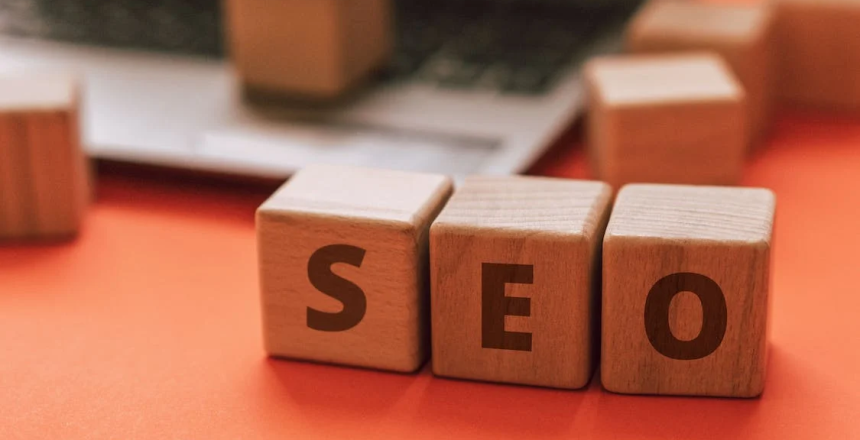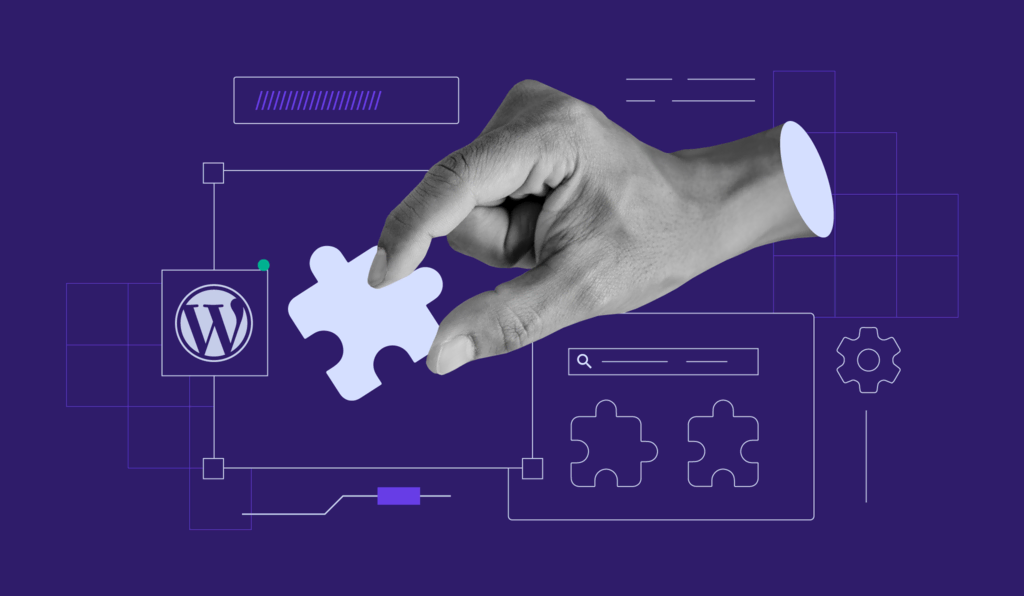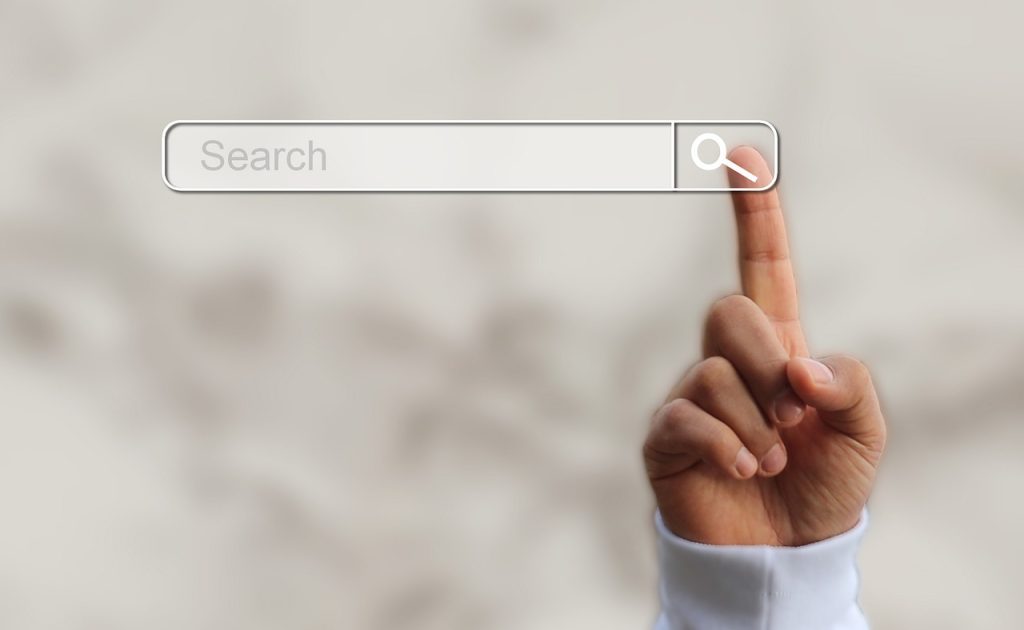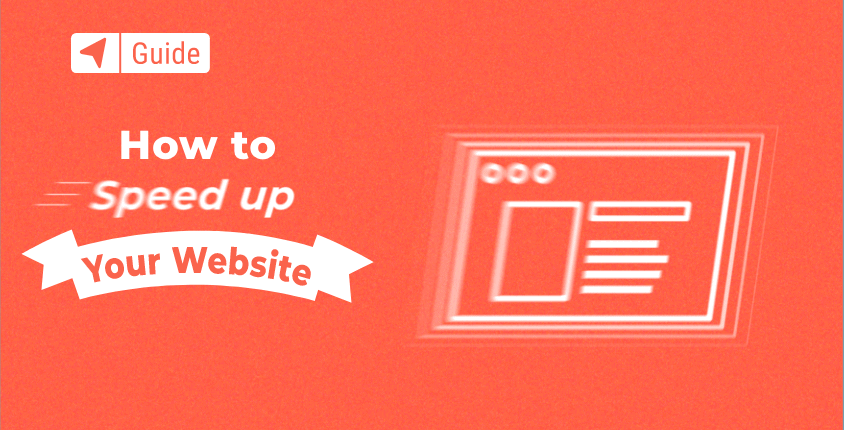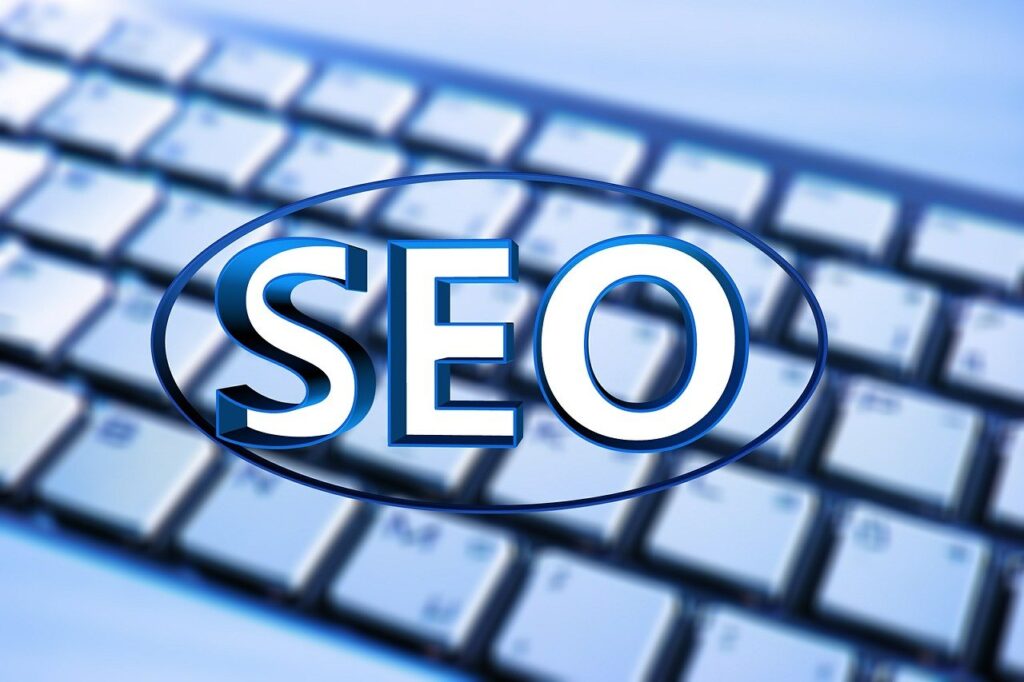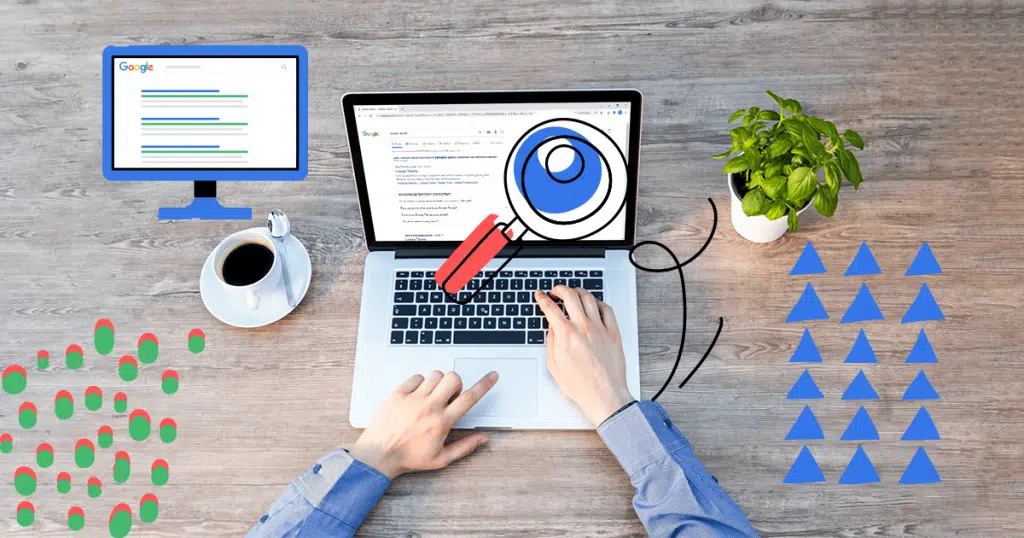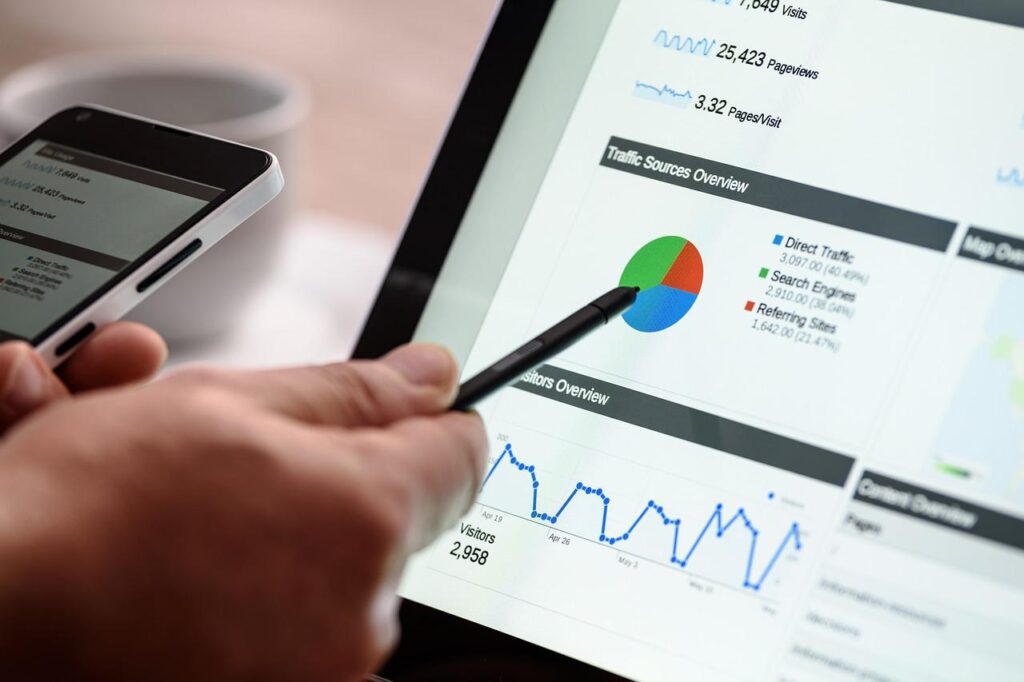On-page SEO is the part of SEO where you optimize your website’s content, structure, and links to improve the page load time, content quality, and discoverability of your site.
This is also known as on-page optimization. That said, with so many variables involved in how well your site is optimized, it can be difficult to know where to begin.
However, there are a few basic concepts that will help guide you in the right direction. If you’re feeling confused about how on-page SEO works, this blog post is for you. Keep reading to discover what on-page SEO is and how you can start improving your site’s performance.
What Is On-Page SEO?
On-page SEO is the process of optimizing your site’s content, structure, and links to improve the page load time, content quality, and discoverability of your site. The original definition of on-page SEO is Optimizing your website for search engines and user navigation.
Why On-Page SEO Is Important
On-page SEO is important for several reasons. First, optimizing your website for search engines improves your search engine optimization (SEO).
This means that your site will appear higher in the results pages of search engines and result in better click-through rates. It is also important because your site’s structure and content quality will determine how effectively your content is connecting with readers.
This will determine how long your site stays indexable and ultimately, how well it performs on search engine results pages. On-page SEO affects the ranking of your site in search results. This is why having a well-optimized website is crucial to your SEO success.
Title Tags
The title tag is the first line of your site and is what Google reads when it comes to the idea of your site. It is also where they will look for your site’s content to deliver relevant results.
Because your site’s title is the first line of your search results, it is important that you optimize this page to rank well. The title tag is where you can add keywords that will help people find your site.
The best way to go about doing this is to ensure that your title contains keywords that users are going to want to search for. If you want to build more traffic, ensure that you are targeting people’s keyword desires.
Alt Tags
An alt tag is another important tag on your site. It typically appears above the title tag and is the primary text that your readers will see when they view your site.
An alt tag usually consists of an easy-to-digest keyword and a short description. The keyword in the alt tag helps your readers find your site while the description tells them what your site is about.
Header Tags
Your header tags are the first thing your visitors see when they land on your site. You can include any keywords and descriptions that you desire, but you will want to keep them high up on your header tags.
Your header tags should be adjacent to your main navigation menu items. The header tags are also the most visible on your site, so people will be more likely to see and click on them.
Meta Description
The meta description is the Description field you see at the top of each search result page. It is the most popular field on search results pages.
So you want to make sure that it appears above the navigation menu items and is easily readable by your target audience. A good rule of thumb is that your meta description should be 1-2 sentences long and include one or two keywords.
Internal Linking
Internal linking is another useful on-page SEO technique. At its core, internal linking refers to linking from page to page within your site, such as the hyperlink at the top of your homepage that links back to your main blog article.
However, there are many different types of internal linking. You can also include listed or footnoted links to other pages or sites on your site.
One benefit of internal linking is that it helps your readers understand the flow of your content as they are reading it. Readers will often click on a link to go to a specific place on your site if they understand the flow of information from the links on your site.
Image Optimization
The next thing you need to think about for the on-page SEO of your site is image optimization. Images are an important part of your site’s SEO because they are a direct link back to your content.
If a user lands on your site with an image in the background of their browser, then your links will have done their job and SEO will have rewarded you with a boost in page rank.
You can optimize your images in a number of different ways, but the two main types of image optimization are alt and title.
Page Speed
Optimizing your site’s speed can have a big impact on your SEO. If your site takes too long to load, users will start to penalize your site, which can have a big impact on your SEO.
If your site is slow to load, it is a good idea to check the loading speed of your visitors. A slow site can come across as unprofessional, even if the content is correct.
People who are entering your site for the first time may not have a good feeling about the experience, and they may leave with negative feelings towards your brand.
Make your site’s landing pages load quickly, too. It can be particularly challenging to do so when there are a lot of ads on the page.
Mobile-Friendliness
By making your site mobile-friendly, you not only increase the likelihood that a user will land on your site from their mobile device, but that they will stay on your site and navigate to other pages as they navigate around their device.
This means that when a user views your site on their mobile device, they will be more likely to stay on your site and continue exploring the rest of your content.
Final Thoughts
SEO is a constantly evolving field and new techniques are constantly being discovered. With that in mind, it can be difficult to know where to begin when it comes to optimizing your site for search engine optimization. Fortunately, this is not a difficult task. In fact, the process of optimizing your site for SEO is quite simple.
All you have to do is use a combination of tools and techniques to deliver quality content that is informative, interesting, and useful to your audience. Your SEO will determine how well your site ranks for the search terms you set out to optimize for.


